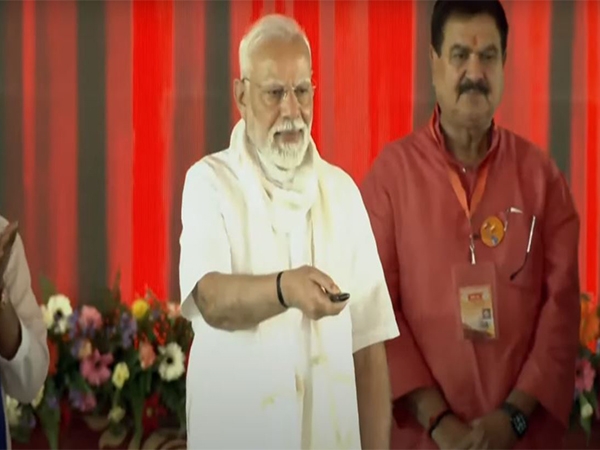
Decorated US Olympian swimmer Michael Phelps won his 19th gold medal on 8 August in the Rio Olympics 2016. However, his winning moment was not the only thing that caught the world's attention.
When the swimmer dived into the pool, viewers noticed large, circular-shaped purple bruises on his back and shoulders leaving many wondering: What are those marks?
It turns out, those scary-looking, round blotches are a result of the cupping therapy.
If you think cupping is a recent fad, you are wrong. You would be surprised to know that "cupping" has been around for centuries now and it is believed to heal sore muscles. Did you know that cupping is also widely used as an alternative treatment for cancer? Several other world-class athletes including Natalie Coughlin, Alex Naddour, and Pavel Sankovich are vouching for cupping therapy. In fact, A-listers including Justin Bieber, Victoria Beckham, and Jennifer Aniston are fans of this therapy.
Here's everything you need to know about cupping:
What is cupping?
Cupping actually finds its origins in Chinese, Middle-Eastern, and Egyptian cultures. The therapy has been in practice since 1000 B.C. It is a process where glass or plastic cups, sometimes heated, are placed on the skin to create suction. Through either heat or suction, the skin is gently drawn upwards by creating a vacuum in a cup over the target area of the skin. Earlier, cups made of bamboo were used to the same effect as opposed to glass and plastic used today.
What is it supposed to do?
One of the common reasons why people opt for cupping therapy is because it is believed to relieve joint pain and muscle pain naturally. Cupping is thought to release tissues deep inside the body, relax tense muscles, and ease stiffness associated with chronic back and neck pains, migraines, joint pains and fatigue. It can also help in boosting skin health, treating respiratory issues and in relaxation. Athletes undergo cupping therapy to heal the excruciating physical pain following a gruesome training session.

How much would it cost you?
On an average, a cupping session lasting 45-60 minutes is going to cost $25 to $60 (Rs.1500-2500) You might require more than one session to cure the stiffness completely. There are centres that provide cupping therapy across India especially in metropolitan cities like Delhi, Mumbai, and Bangalore.
How effective is it?
"It's been better than any money I've spent on anything else," American gymnast Alexander Naddour told USA Today.
Studies suggest that the effectiveness of cupping is difficult to determine as the result is often termed as a placebo effect. According to a study, half of the 60 patients receiving cupping therapy showed significant improvement, while the other half felt no difference at all.
Is it painful as it looks?
Those hot cups could freak you out easily. However, cupping can be mildly or moderately painful. The degree of pain actually varies from person to person and the location of cupped areas on the same body. When actress Gwyneth Paltrow endured cupping back in 2013, she said, "It's not even painful. It feels amazing and it's very relaxing."

How long will the bruises stay?
So, the terrifying part is not actually the process itself but the aftermath. The bruises. Cupping leaves behind the hallmark round bruises, often deep red or purple, that several swimmers and gymnasts are sporting in Rio. The skin discoloration can last anywhere from a few days to a couple of weeks, but is rarely painful.




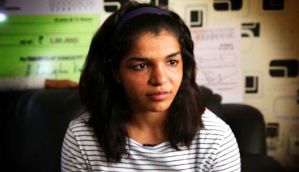
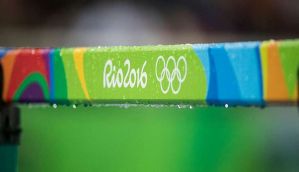
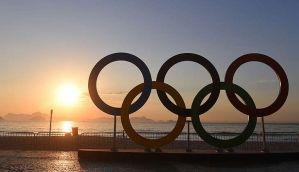

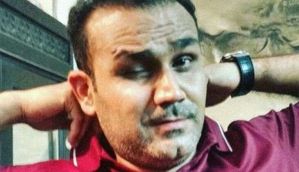
![BJP's Kapil Mishra recreates Shankar Mahadevan’s ‘Breathless’ song to highlight Delhi pollution [WATCH] BJP's Kapil Mishra recreates Shankar Mahadevan’s ‘Breathless’ song to highlight Delhi pollution [WATCH]](https://images.catchnews.com/upload/2022/11/03/kapil-mishra_240884_300x172.png)

![Anupam Kher shares pictures of his toned body on 67th birthday [MUST SEE] Anupam Kher shares pictures of his toned body on 67th birthday [MUST SEE]](https://images.catchnews.com/upload/2022/03/07/Anupam_kher_231145_300x172.jpg)






